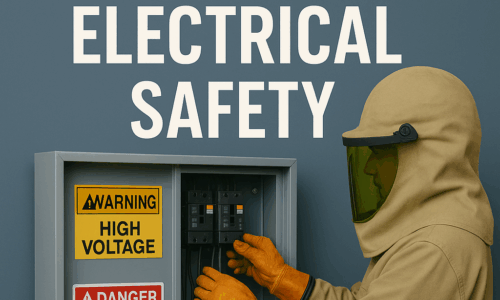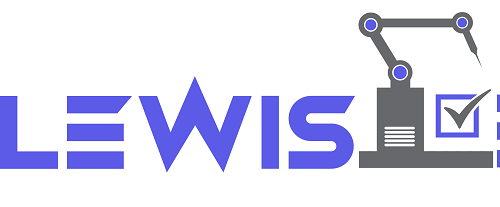Ask Lewis Bass: SEMI S2 Compliance for a Secretive R&D Project
Welcome to another blog in our ongoing series, Ask Lewis Bass!
This series features actual submitted questions from companies in the industries we provide engineering safety consulting services to.
Topics covered include those associated with our work in 3rd party field labeling, SEMI S2/S8/EMC/F47 testing, CE Marking evaluations, and general engineering questions.
From the Desk of Lewis Bass
Here at Lewis Bass International Engineering Services, we get all kinds of interesting questions from engineers, project managers, and compliance professionals around the globe. Today, we received a particularly intriguing query from an engineer working on a confidential R&D project in Colorado.
Now, on to this week's question...
Question:
Hi Lewis Bass,
I’m David, an R&D engineer working on a cutting-edge semiconductor project in Boulder, Colorado. Our team is designing a prototype system that integrates several novel technologies, but we’ve hit a roadblock with SEMI S2 compliance. Since this project is highly confidential, I can’t disclose all the details, but I need some guidance on how to approach SEMI S2 requirements for equipment that may not yet have comparable benchmarks. Any advice for ensuring compliance without revealing sensitive proprietary information?
Asked by David in Boulder, CO
Lewis Bass:
Hi David,
Thanks for your question—it’s always exciting to hear about groundbreaking projects like yours. I can tell you’re at the intersection of innovation and regulation, and that’s not always the easiest place to be. The challenge of applying SEMI S2 standards to equipment that doesn’t have direct comparables is one we see more often than you might think, especially with the rapid pace of technological advancement in the semiconductor industry. Let’s break this down.
Now, while you didn’t share specifics, I’m going to hazard a guess that your prototype—with its novel technologies—might raise questions about areas like electrical safety, chemical handling, or even thermal management. These are often the sticking points for compliance when the equipment is highly customized or experimental.
For instance, if your system incorporates unique chemical delivery methods or experimental gas handling, SEMI S2’s sections on chemical exposure, ventilation, and fire prevention will require some creative interpretation. Similarly, if your design is pushing the boundaries of electrical systems, grounding, and insulation may need extra attention to ensure compliance without compromising your innovation.
One approach to navigating these challenges is to think of SEMI S2 as your framework, not your roadblock. It’s designed to ensure safety, but it doesn’t prescribe exactly how you must achieve it. This flexibility allows you to focus on demonstrating that your equipment meets the intent of the standard, even if the methods are unconventional. For example, if you’re using an experimental gas delivery system, testing it rigorously in a controlled environment and documenting the results can go a long way toward satisfying safety requirements.
And about your confidentiality concerns—you’re absolutely right to be cautious, but know that there are ways to involve compliance experts without risking your intellectual property. Many firms, including ours, regularly work under NDAs and are accustomed to focusing on safety-critical aspects without delving into proprietary details. When we work on projects like yours, we concentrate on evaluating the safety systems, performance data, and compliance documentation you choose to share, leaving the rest of your invention shrouded in secrecy.
It might also help to create a tiered documentation system. Internally, you can include all the details necessary for your team, while externally, you provide a more sanitized version of the safety features and performance tests. This dual approach allows you to show regulators or auditors what they need to see without revealing too much.
And don’t forget, SEMI S2 is an evolving standard. If your equipment’s technology truly has no precedent, you might even consider engaging with the SEMI Standards community. It’s not about spilling proprietary secrets but rather about sharing enough context to shape the conversation around emerging technologies. You’d be surprised how open and collaborative these communities can be when addressing novel challenges.
At the end of the day, David, SEMI S2 compliance is not about fitting into a predefined mold—it’s about demonstrating that your equipment operates safely. With thorough testing, careful documentation, and the right support, you can achieve compliance without giving away the crown jewels of your project. If you’d like us to take a closer look, we’re more than happy to work with you under confidentiality agreements to ensure your breakthrough system is as safe as it is innovative.
Best of luck—and here’s to bringing the future to life, one prototype at a time.
Do you have a question for Lewis Bass?
If you have a question you would like to ask our engineering team about, and don’t mind it being featured in one of our upcoming blog posts, please contact us and reference “Ask Lewis Bass” in the message body.
Include any helpful context along with the question you’d like us to answer for you. All company contact information except for a first name, is anonymized for privacy reasons.


